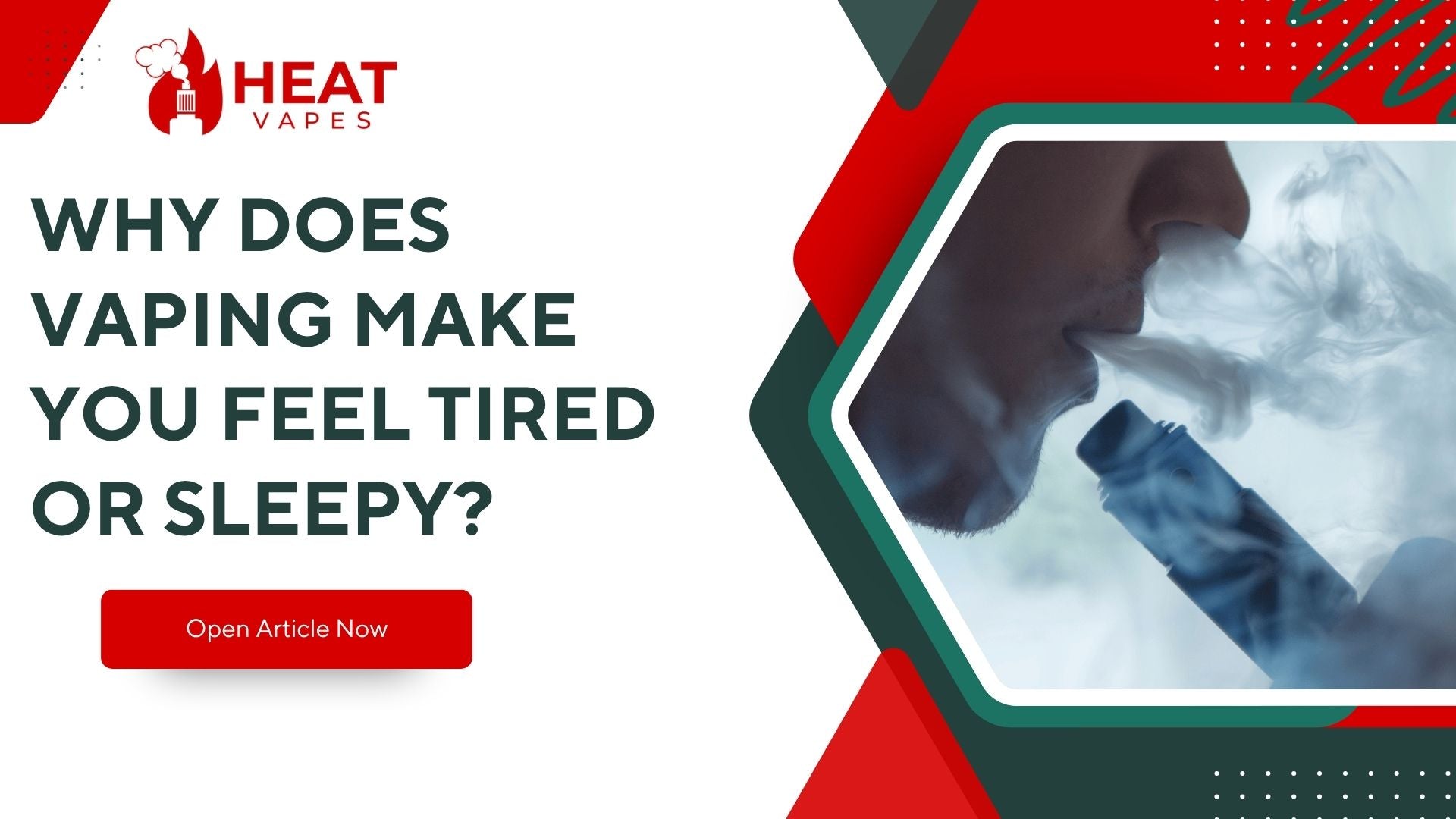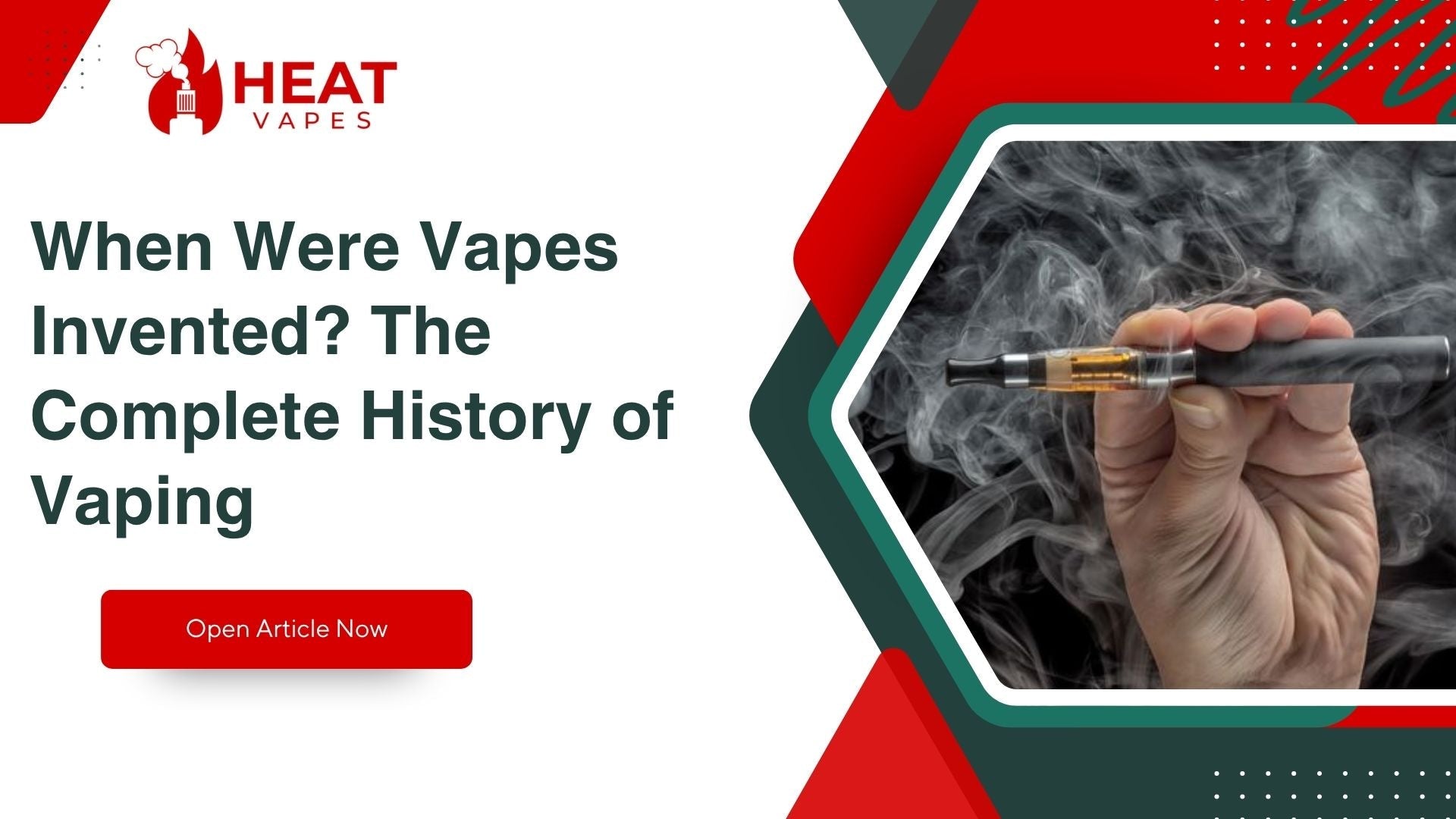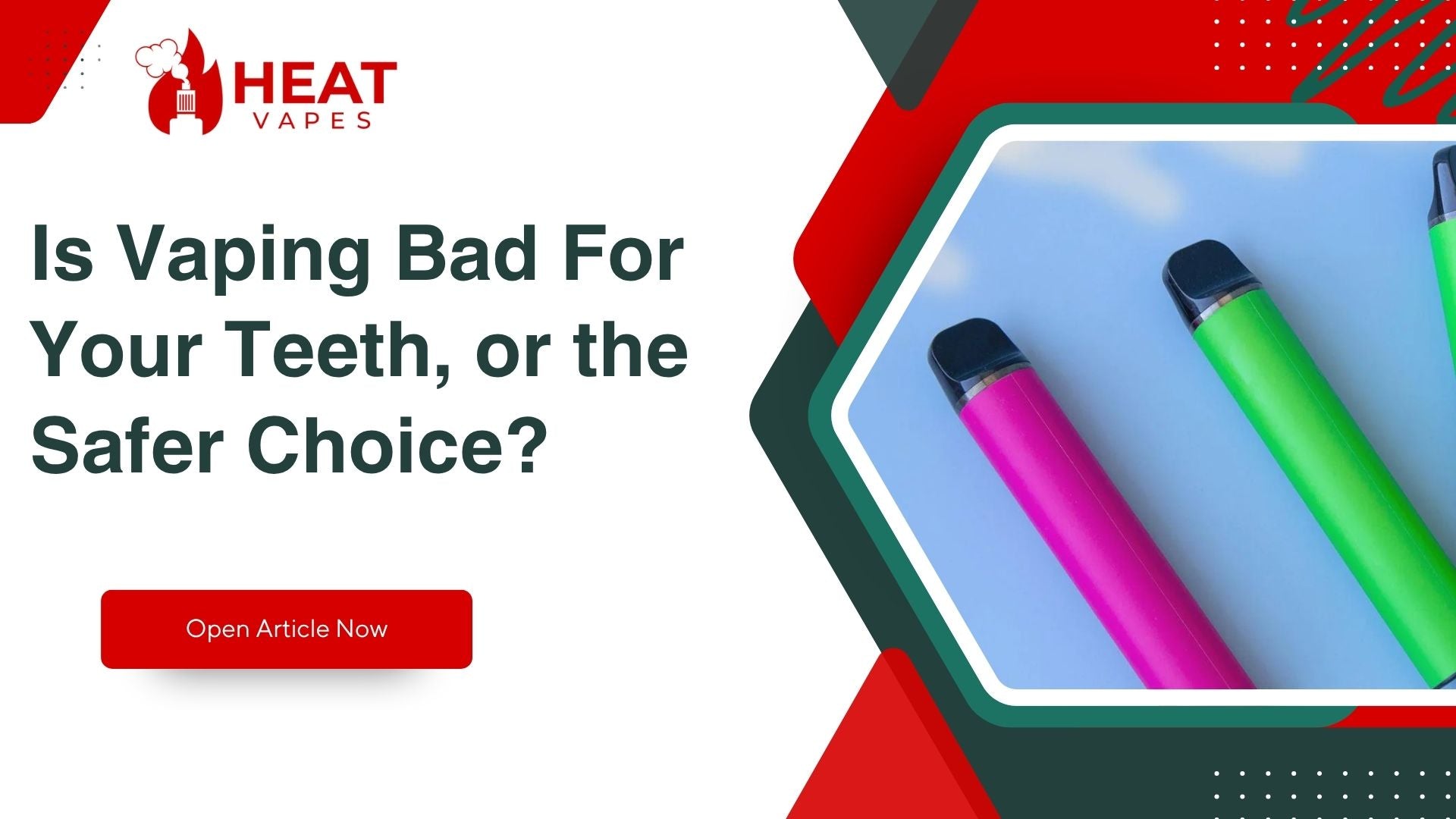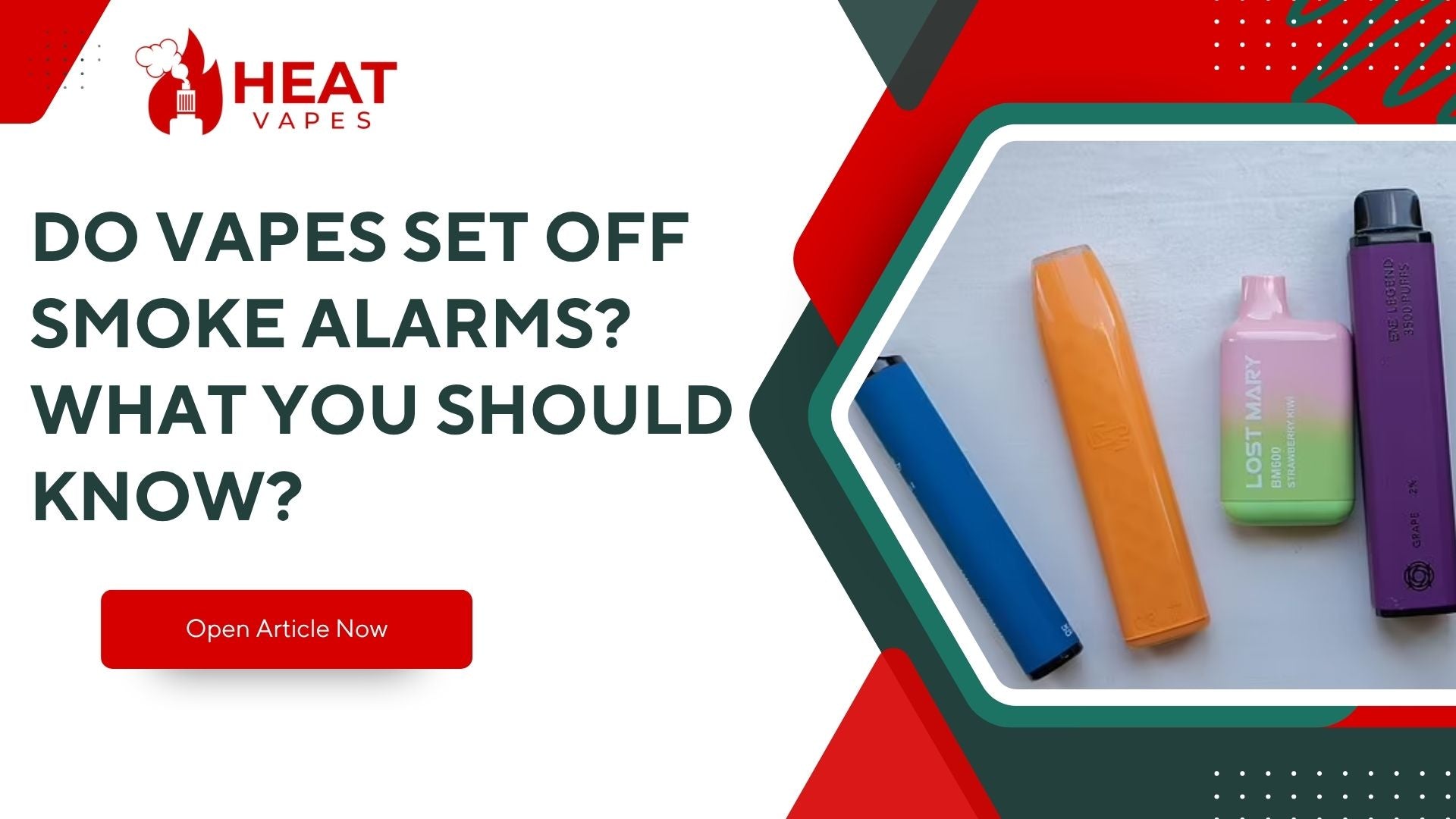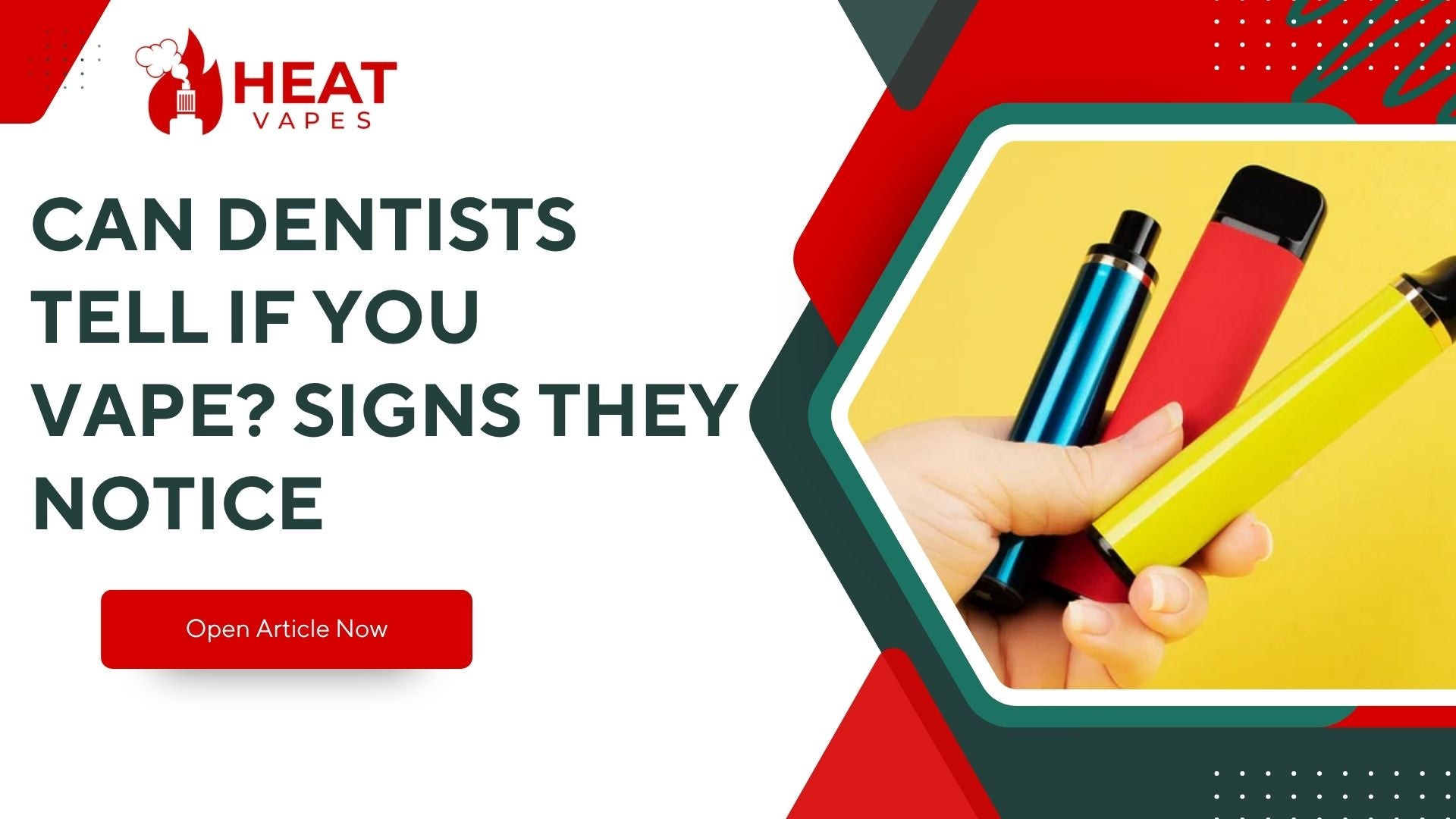
The increasing prevalence of vaping has brought numerous questions about its effects on the human body, with one of the most commonly reported experiences being unexpected fatigue and drowsiness. We recognize that many vapers find themselves battling unusual tiredness, and understanding the underlying mechanisms behind this phenomenon is crucial for making informed decisions about nicotine consumption and overall health management.
Vaping-induced fatigue represents a multifaceted physiological response that involves neurochemical changes, cardiovascular adjustments, and metabolic shifts.
The relationship between vaping and sleepiness is not straightforward, as multiple factors contribute to this sensation, ranging from nicotine's direct effects on the central nervous system to the body's compensatory mechanisms following stimulant exposure.
The Nicotine Paradox: Stimulant Properties and Subsequent Fatigue
Nicotine functions primarily as a stimulant, yet paradoxically, it can lead to profound feelings of exhaustion. When we inhale vapor containing nicotine, the substance rapidly crosses the blood-brain barrier, reaching peak concentrations within seconds.
This immediate delivery system triggers the release of multiple neurotransmitters, including dopamine, norepinephrine, and serotonin, creating an initial surge of alertness and energy.
However, this stimulant effect is inherently temporary and followed by a compensatory downturn. The neurochemical cascade initiated by nicotine creates an artificial elevation in arousal and attention, but the brain's homeostatic mechanisms work to restore equilibrium.
As nicotine levels decline, the sudden drop in these excitatory neurotransmitters leads to a rebound effect characterized by lethargy, mental fog, and overwhelming tiredness.
The dopaminergic system plays a particularly significant role in this cycle. Nicotine stimulates dopamine release in the nucleus accumbens and prefrontal cortex, regions associated with reward processing and executive function.
When this artificial stimulation subsides, users often experience a dopamine deficit state, manifesting as fatigue, reduced motivation, and cognitive sluggishness. This neurochemical crash can be more pronounced in individuals who vape frequently or consume high-nicotine formulations.
Dehydration and Its Profound Impact on Energy Levels
One of the most overlooked contributors to vaping-related fatigue is dehydration. The primary ingredients in e-liquids—propylene glycol (PG) and vegetable glycerin (VG)—are hygroscopic substances that attract and bind water molecules.
When we vape, these compounds interact with the moisture in our mouth, throat, and respiratory tract, effectively drawing water away from tissues.
This dehydrating effect extends beyond local tissue interaction. Regular vaping can lead to systemic dehydration, particularly in individuals who fail to compensate with adequate fluid intake. Dehydration, even in mild forms, significantly impacts energy metabolism, cognitive function, and physical performance.
The body requires optimal hydration for efficient nutrient transport, waste removal, and cellular energy production through adenosine triphosphate (ATP) synthesis.
Clinical manifestations of dehydration-induced fatigue include reduced blood volume, decreased oxygen delivery to tissues, impaired thermoregulation, and diminished cardiovascular efficiency.
The brain, which is approximately 75% water, is particularly sensitive to fluid imbalances. Even a 2% decrease in body water content can result in noticeable declines in concentration, alertness, and overall cognitive performance, all contributing to feelings of tiredness and mental exhaustion.
Blood Sugar Fluctuations and Metabolic Disruption
Nicotine consumption through vaping can significantly influence glucose metabolism and insulin sensitivity, creating conditions that promote fatigue. When nicotine enters the bloodstream, it stimulates the release of epinephrine (adrenaline) from the adrenal glands.
This hormonal surge triggers the breakdown of glycogen stores in the liver, releasing glucose into the bloodstream and creating a temporary spike in blood sugar levels.
While this initial glucose elevation might provide a brief energy boost, it is typically followed by a compensatory insulin response.
The pancreas secretes insulin to manage the elevated blood glucose, but this regulatory mechanism can sometimes overshoot, leading to reactive hypoglycemia—a state of lower-than-normal blood sugar.
This post-stimulation glucose crash manifests as profound fatigue, weakness, difficulty concentrating, and irritability.
For individuals who vape regularly throughout the day, this cycle of blood sugar elevation and subsequent decline can create a roller-coaster pattern of energy fluctuations. The body's metabolic machinery becomes increasingly stressed by these repeated oscillations, potentially leading to developing insulin resistance over time.
This metabolic disruption not only contributes to immediate feelings of tiredness but may also have long-term implications for energy regulation and overall metabolic health.
Oxygen Deprivation and Respiratory System Impact
The respiratory consequences of vaping play a substantial role in fatigue development. Although vaping is often promoted as a cleaner alternative to smoking, the practice still introduces foreign substances into the delicate pulmonary system.
The inhalation of vaporized e-liquids can lead to inflammation of the airways, increased mucus production, and subtle changes in gas exchange efficiency at the alveolar level.
Propylene glycol and vegetable glycerin, when heated and inhaled, can cause irritation of the bronchial passages and potential narrowing of the airways. This inflammatory response, while often subclinical, can reduce the efficiency of oxygen uptake and carbon dioxide elimination.
When tissues receive suboptimal oxygen supplies, cellular respiration becomes less efficient, leading to decreased ATP production and subsequent feelings of physical and mental exhaustion.
Furthermore, some vaping products contain additional compounds such as flavorings and additives that may trigger immune responses or cause further respiratory irritation. The cumulative effect of these substances on lung function, particularly with chronic exposure, can contribute to a persistent state of mild hypoxia—insufficient oxygen reaching the body's tissues—resulting in chronic fatigue, reduced exercise tolerance, and general lethargy.
Sleep Architecture Disruption and Circadian Rhythm Interference
Nicotine's stimulant properties extend beyond immediate wakefulness, significantly impacting sleep quality and architecture. When we vape, especially in the evening hours, nicotine interferes with the natural progression through sleep stages, particularly affecting the depth and restorative quality of sleep.
Research indicates that nicotine reduces total sleep time, increases sleep latency (the time required to fall asleep), and decreases the proportion of restorative slow-wave sleep.
The adenosine system represents a critical mechanism in this sleep disruption. Adenosine is a neuromodulator that accumulates during wakefulness and promotes sleep pressure. Nicotine interferes with adenosine signaling by blocking adenosine receptors, thereby reducing the natural drive toward sleep and altering the homeostatic sleep regulation process.
When sleep quality deteriorates due to nicotine interference, individuals wake feeling unrefreshed, leading to daytime fatigue and compensatory tiredness.
Additionally, nicotine affects the production and regulation of melatonin, the primary hormone governing circadian rhythms. By disrupting melatonin secretion patterns, vaping can desynchronize the body's internal clock from environmental light-dark cycles.
This circadian misalignment results in poor sleep quality, difficulty maintaining alertness during appropriate waking hours, and a general sense of being perpetually tired regardless of time spent in bed.
Cardiovascular Stress and Its Energetic Consequences
The cardiovascular system undergoes significant stress in response to nicotine exposure through vaping. Nicotine causes vasoconstriction—the narrowing of blood vessels—which increases blood pressure and heart rate while simultaneously reducing peripheral circulation.
This cardiovascular response requires the heart to work harder to maintain adequate blood flow throughout the body, creating an energy demand that can contribute to overall fatigue.
The increased cardiac workload associated with regular vaping means the heart must pump more vigorously against higher resistance. Over time, this repeated stress can lead to cardiovascular fatigue, where the heart muscle itself becomes less efficient.
When cardiac output becomes suboptimal, tissues receive reduced oxygen and nutrient delivery, directly impacting energy availability and contributing to feelings of exhaustion.
Moreover, vasoconstriction affects cerebral blood flow, potentially reducing oxygen and glucose delivery to the brain. The brain is an exceptionally energy-demanding organ, consuming approximately 20% of the body's total energy despite representing only 2% of body weight.
Any reduction in cerebral perfusion can manifest as cognitive fatigue, difficulty concentrating, mental sluggishness, and an overwhelming desire to rest or sleep.
Dependency Cycles and Withdrawal-Related Fatigue
Nicotine addiction creates a powerful dependency cycle that significantly contributes to fatigue patterns.
As the body becomes accustomed to regular nicotine exposure, it undergoes neuroadaptive changes, altering receptor densities and neurotransmitter production to compensate for chronic stimulation.
When nicotine levels drop between vaping sessions, individuals experience mild withdrawal symptoms, with fatigue being among the most prominent.
This withdrawal-induced tiredness occurs because the brain has adapted to function with nicotine present. In the substance's absence, neurotransmitter systems operate suboptimally, creating a state of neurochemical imbalance characterized by low energy, poor concentration, irritability, and somnolence.
The only immediate relief comes from additional nicotine intake, perpetuating a cycle where users must vape regularly to maintain baseline energy levels and avoid withdrawal-related fatigue.
The severity of this dependency-related tiredness correlates directly with consumption patterns. Heavy users who vape high-nicotine products frequently throughout the day develop stronger dependencies and experience more pronounced withdrawal symptoms, including more severe fatigue.
This creates a paradoxical situation where vaping initially seems to provide energy but ultimately becomes necessary just to prevent exhaustion.
Chemical Additives and Their Neurological Impact
Beyond nicotine, e-liquids contain numerous chemical compounds that may contribute to fatigue. Flavoring agents, though approved for ingestion, have not been thoroughly studied regarding inhalation effects on the nervous system.
Some flavoring chemicals can cross the blood-brain barrier and potentially interfere with neurotransmitter function, energy metabolism, or inflammatory processes within the central nervous system.
Diacetyl, acetoin, and other flavoring compounds have been identified in various e-liquids and may produce neuroinflammatory effects when chronically inhaled. While research remains ongoing, neuroinflammation is recognized as a significant contributor to fatigue, cognitive dysfunction, and mood disturbances.
The cumulative exposure to these compounds through regular vaping may contribute to a chronic low-grade inflammatory state affecting brain function and energy regulation.
Furthermore, the heating element in vaping devices can cause thermal degradation of e-liquid ingredients, creating novel compounds not originally present in the formulation.
These degradation products, including aldehydes and other reactive species, may have toxicological effects that impact cellular energy production, mitochondrial function, and overall metabolic efficiency, all contributing to feelings of tiredness and reduced vitality.
Individual Variability in Metabolic Processing
The experience of vaping-induced fatigue varies considerably among individuals due to genetic polymorphisms affecting nicotine metabolism.
The primary enzyme responsible for nicotine breakdown is CYP2A6, and genetic variations in this enzyme's activity create significant differences in how quickly individuals metabolize nicotine.
Slow metabolizers maintain higher nicotine concentrations for extended periods, potentially experiencing prolonged stimulant effects followed by more pronounced crashes.
Conversely, rapid metabolizers process nicotine quickly, leading to faster onset of withdrawal symptoms and more frequent vaping to maintain desired effects. This increased consumption frequency can create more pronounced cycles of stimulation and subsequent fatigue.
Additionally, individual differences in neurotransmitter systems, receptor densities, and general metabolic efficiency influence susceptibility to vaping-related tiredness.
Body composition, overall health status, concurrent medications, dietary patterns, and lifestyle factors all modulate the relationship between vaping and fatigue.
Individuals with underlying health conditions affecting energy metabolism, such as thyroid disorders, anemia, or chronic fatigue syndrome, may find that vaping exacerbates their existing tiredness.
Understanding these individual factors is essential for recognizing personal vulnerability to vaping-induced exhaustion.
Psychological and Behavioral Factors Contributing to Tiredness
The psychological dimensions of vaping cannot be overlooked when examining fatigue. Many individuals vape as a coping mechanism for stress, anxiety, or emotional distress. While nicotine may provide temporary relief from these psychological states, the underlying issues remain unaddressed.
Chronic stress and anxiety are themselves major contributors to fatigue, and using vaping as a primary coping strategy may mask these problems without resolving them.
Additionally, the ritualistic aspects of vaping can create behavioral patterns that interfere with activities promoting natural energy, such as exercise, social engagement, or outdoor exposure.
When vaping becomes a default response to boredom or low energy, individuals may miss opportunities for more effective energy-boosting behaviors. This behavioral substitution can create a lifestyle pattern that indirectly promotes sedentary behavior and reduced vitality.
The placebo effect and expectation also influence fatigue experiences. If individuals believe vaping should make them relaxed or drowsy, they may experience these sensations more readily. This psychosomatic component interacts with physiological effects, creating a complex subjective experience of tiredness that combines actual biological changes with psychological interpretation and expectation.





